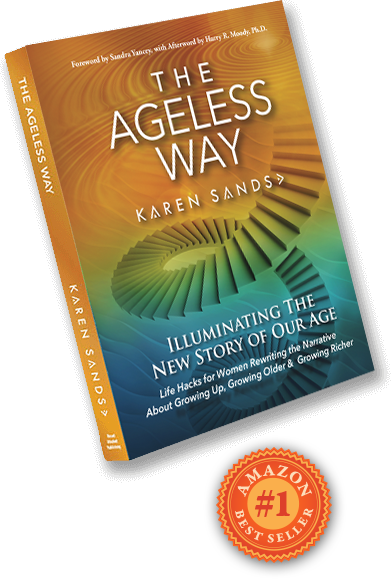
What does it mean when you refer to “fueling the business of aging”?
– Sheela G.

As we live longer, we – as a collective and as individuals – will be increasingly invested in services related to aging. In the United States right now there are 106 billion people 50-plus and they spend 2.3 trillion annually. That’s a large audience. As we enter 2021 we’re talking about there being, by 2025, more 50-plussers than there are children under age 10, so all this emphasis on marketing to our youth, although a high value demographic, important, will gain less prominence in years ahead. For the immediate future the 40-plus marketplace is the place to be. With Millennials moving through their early adulthood into the midlife stage, they will be the biggest generation born to date. Fast eclipsing Boomers in sheer volume. But right now the emphasis needs to be on this marketplace.
By the way, in the field of population aging, gerontology, and the business of aging, we typically focus on the 50-plus. I, on the other hand, always talk about 40-plus because people move into their midlife age, 35 through 65, so this puts the focus on the wider range where the majority of us are.
A quarter of us now will live to age 90 for sure. Some of us to 105. I mean, the max is biological, we’re saying it’s 114, so we’re living longer and longer. Although it has been projected that the first person to live to 150 years of age is alive today somewhere on the planet.
When the possibility of truly long life is upon us, our generational similarities and differences pale in terms of categorization and the expectations that come with them. It’s never been about our chronological age. Our developmental stage is so much more definitive and illustrative of our maturity than how many years we’ve been on the planet to date.








Leave a Reply
You must be logged in to post a comment.